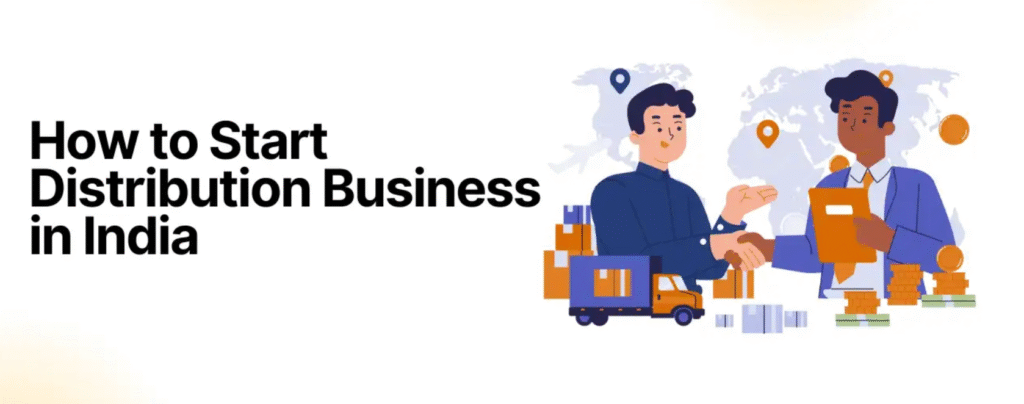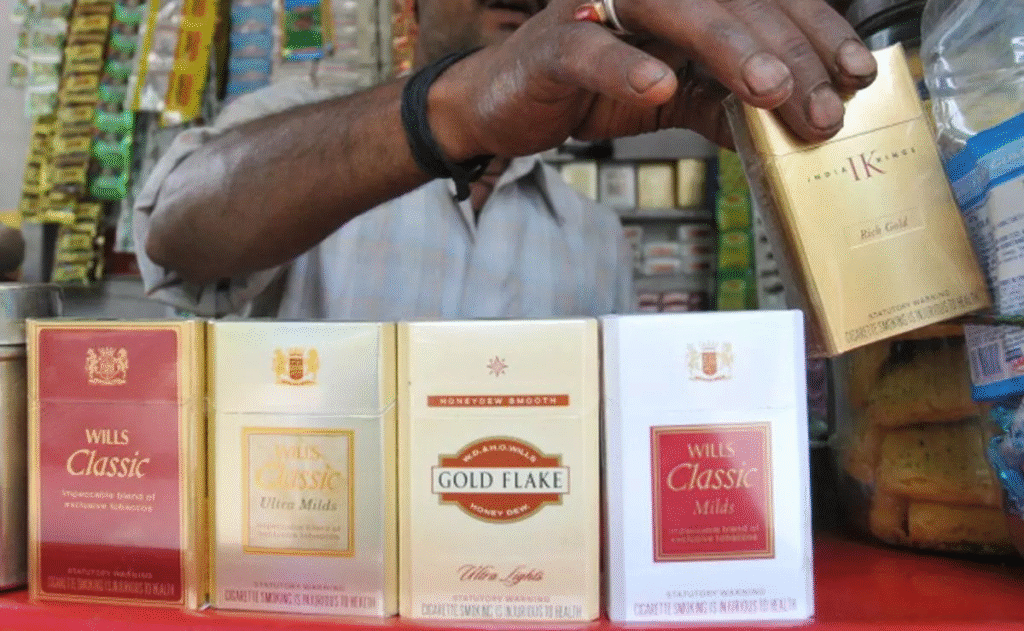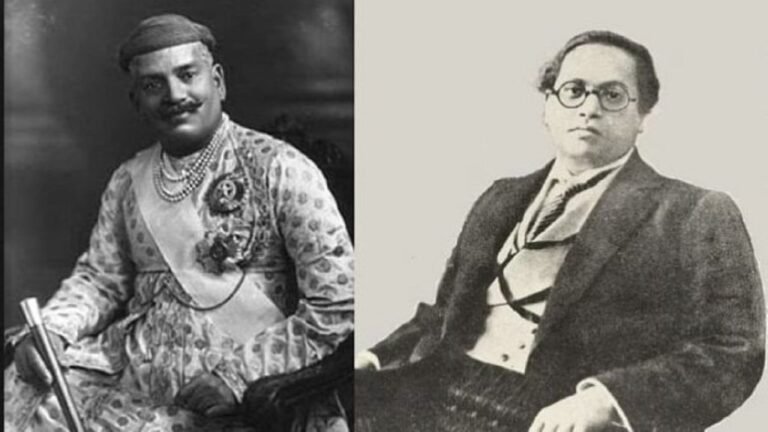
The cigarette industry in India is a very regulated segment of the FMCG market. Although we see an increase in regulations, taxation, and awareness campaigns which are against smoking, tobacco products still are a large part of India’s retail trade. For entrepreneurs, that is a profitable segment to be a part of if they play by the rules. In 2025, we will see that opportunities for distributors are still there, but also that challenges are. Here’s a detailed guide on how to become a cigarette distributor in India.
Understanding the Cigarette Distribution Business
Cigarette distribution is a function of going between manufacturers and retailers. We see which companies buy in large quantities from manufacturers or from authorized stockists and then supply that product to retail outlets like general stores, kiosks, supermarkets, and bars. Also note that there is equal demand for cigarettes in both urban and rural areas, which means that for the most part, the business is very steady. But also, it is important to note that because of very strict regulations, only licensed distributors may operate legally.

Legal Requirements and Licenses
To enter the cigarette business in India, what you must do first is to comply with government regulations, which include:.
A Trade License is given out by the local municipal authority for the legal operation of a business.
GST Registration is required for the issue of invoices, tax compliance, and to claim input tax credit.
Tobacco Sales License. In many states, this is a required license for the sale of tobacco products.
FSSAI registration. In some states, it is asked that distributors get their cigarettes, which are a non-food product, registered under the Food Safety and Standards Authority of India (FSSAI) when they deal in consumable items.
Adherence to the Cigarettes and Other Tobacco Products Act of 2003, this law regulates cigarette sales, advertising, packaging, and distribution.
Without proper permits, businesses risk large fines and even closure.
Investment and Capital Requirements
In 2025, we see the investment required to scale and also which regions it will be distributed in.
Initial Stock Purchase: A min of Rs. 5.10 lakh for entry into small-scale distribution. For large-scale players, the investment may go up to Rs. 25 lakh or more.
Infrastructure: A storage warehouse for cartons
Logistics: Ship vehicles to retailers.
Working Capital: Sufficient resources for navigating credit cycles with retailers
Cigarette companies tend to choose financially stable distributors, which in turn can handle large orders and also see to it that payments are made on time.
Building Relationships with Cigarette Companies
To become a distributor, you have to approach cigarette manufacturers or their regional offices. In India, the top cigarette companies are:.
ITC Ltd is the market leader with brands like Gold Flake, Classic, and Navy Cut
Godfrey Phillips in India of Four Square and Red White.
VST Industries – Manufacturer of Charminar.
Philip Morris International (in partnership), Marlboro brand.
Challenges in the Cigarette Distribution Business:
While profitable, this industry has its issues:
Government Regulations: Rising taxes, graphic health warnings, and restrictions on advertising, which in turn make marketing hard.
High Competition: Presently, distributors have deep roots in many regions.
Credit Risk: Retailers will extend credit for purchase, which in turn strains cash flow.
Health and Ethical Concerns: Many entrepreneurs are out of the picture, which is due to tobacco.
Opportunities in 2025
Despite challenges, opportunities still exist: Against all odds, we have which also include:.
Rural Markets In rural India, we see little change in cigarette consumption, but at the same time, small-scale distributors are doing well.

Diversification in product range. In addition to cigarettes, distributors also sell related FMCG products such as chewing tobacco, pan masala, lighters, and confectionery.
Digital Platforms — we see a trend of companies that are growing to use apps and online platforms for order placement, which in turn is making the distribution chain more efficient.
Extra Tips for Success
Stay in compliance. We ask that you keep your licenses up to date and follow what the government has put forth to avoid any penalties.
Timely delivery of products and flexible credit terms, which we offer, are what help in retaining our retail partners.
Diversify the portfolio. Also include other FMCG items, which will, in turn, reduce dependence on cigarettes.
Conclusion
In 2025, entry into the cigarette distribution in India will require compliance with legal requirements, large investments, and forming strong relationships with manufacturers and retailers. As government regulations are becoming more tight, the consistent market for cigarettes is which the1 which is a profitable segment for those willing to handle the risk.






